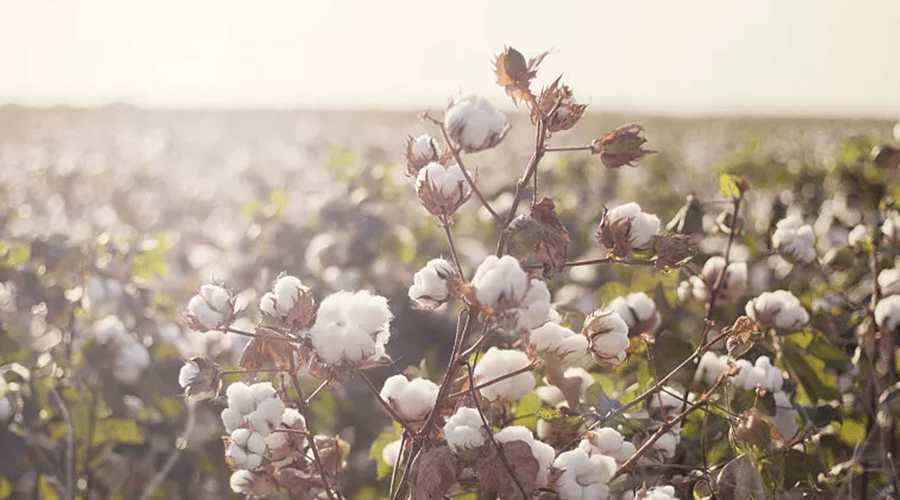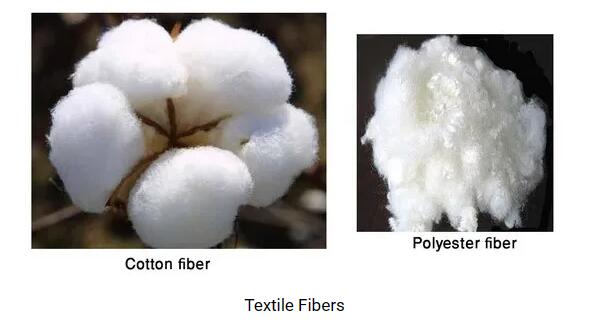Brazil's 2022 cotton production data has been questioned

According to the latest production forecast of Brazil's National Commodity Supply Corporation (CONAB), Brazil's total output in 2022/23 is expected to be reduced to 2.734 million tons, a decrease of 49,000 tons from the previous month, a decrease of 1.8% (the Brazilian cotton area in 2022 is predicted to be 166.5 in March. million hectares, a year-on-year increase of 4%), the reason is that the cotton planting area in Mato Grosso, the main cotton area, is expected to decrease by 30,700 hectares from the previous month. Under the condition that the yield per unit area has not been adjusted from the previous month, it is reasonable to reduce the total output.

In the January 2023 report, CONAB estimated that Brazil's cotton production in 2022/23 would reach 2.973 million tons, an increase of 16.6% over 2021/22, the second highest in history, with a difference of 239,000 tons between the two reports. Compared with CONAB, the Brazilian Cotton Growers Association (ABRAPA) is much more optimistic. Recently, Marcelo Duarte, Director of International Relations of ABRAPA, said that in 2023, the new cotton planting area in Brazil is expected to be 1.652 million hectares, a slight increase of 1% year-on-year; the yield per unit area is expected to be 122 kg/mu, a year-on-year increase of 17%; About 18%.
However, some international cotton merchants, trading companies and Brazilian cotton exporters have judged that ABRAPA may overestimate the cotton production in 2022/23 and need to properly squeeze out the moisture. The reasons mainly include the following three points:
First, not only did the cotton acreage in Mato Grosso fail to meet the standard, but the other major cotton-producing region, Bahia, also had a lower sowing area due to factors such as weather, competition for land for grain and cotton, rising cotton planting inputs, and high uncertain returns. Expectations (farmers are more enthusiastic about planting soybeans).

The second is that the 2022/23 Brazilian cotton yield is predicted to increase by 17% year-on-year. The key is that when the El Niño phenomenon occurs, the main cotton-producing areas in Brazil have the characteristics of "more rainfall in winter and more abundant precipitation during the cotton growth period", which is conducive to the growth of cotton under high temperature. . But from the current point of view, the eastern part of Brazil has less rainfall and is relatively dry, which may hinder the growth of cotton yield.
The third is that the price of energy such as crude oil will rise in 2022/23, and the steady growth of chemical fertilizers and other agricultural materials will increase the cost of cotton planting. The management level and physical and chemical inputs of Brazilian farmers/farmers may weaken, which is not conducive to the increase of cotton yield.
2023-04-20 10:06


